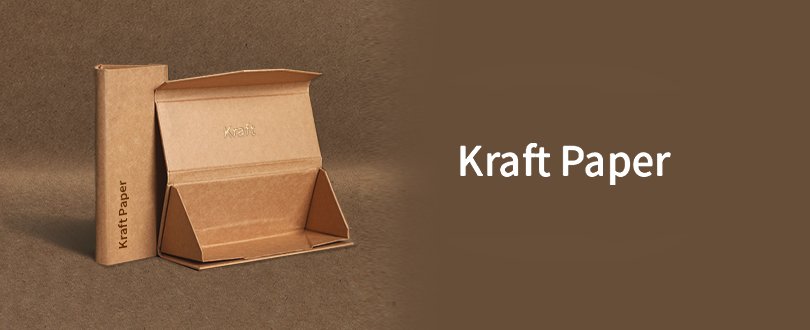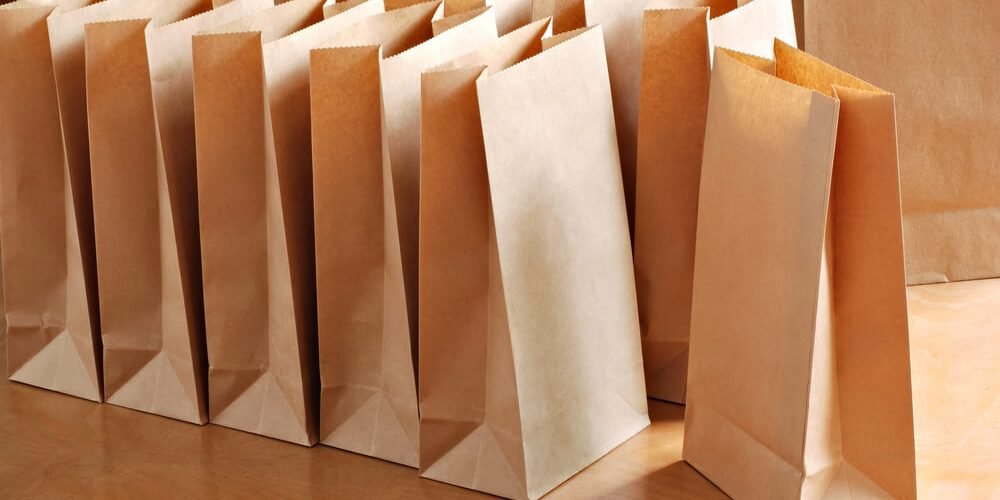Kraft Paper for sale in usa is a household name in the world of packaging and beyond, renowned for its strength, durability, and eco-friendliness. From industrial uses to creative crafting, this robust material has carved out a vital niche in various sectors. In this blog, we’ll explore the production process, wide-ranging applications, numerous benefits, and sustainability of Kraft paper, highlighting why it’s a preferred choice for many.
The Production Process
The journey of Kraft paper begins with the Kraft process, also known as the sulfate process. This method involves converting wood into wood pulp, which consists of almost pure cellulose fibers. Here’s a simplified breakdown of the process:
- Pulping: Wood chips are cooked in a mixture of water, sodium hydroxide, and sodium sulfide, breaking down the lignin that binds the cellulose fibers.
- Washing and Screening: The resulting pulp is washed and screened to remove impurities and excess chemicals.
- Bleaching: While Kraft paper is often left unbleached for its natural brown color, it can be bleached for specific applications requiring a lighter appearance.
- Paper Making: The pulp is then pressed and dried into large rolls of Kraft paper.
Compared to other paper production methods, the Kraft process is more efficient and environmentally friendly, with the ability to recycle chemicals and utilize by-products like tall oil and turpentine.
Applications of Kraft Paper
Kraft paper’s versatility is one of its greatest strengths, making it indispensable in various industries. Here are some key applications:
Packaging
Kraft paper is a staple in the packaging industry due to its durability and strength. It is commonly used for:
- Retail Packaging: Shopping bags, wrapping paper, and gift wrap.
- Industrial Packaging: Protective wraps, dunnage, and cartons for shipping.
Crafts and DIY Projects
Kraft paper’s natural, rustic look makes it a favorite among crafters and DIY enthusiasts. It is used for:
- Scrapbooking and Card Making: Providing a textured, earthy backdrop.
- Decorative Items: Crafting banners, garlands, and home decor.
- Custom Packaging: Personalized and eco-friendly gift wrapping.
Food Industry
In the food industry, Kraft paper is valued for its hygiene and sustainability. Applications include:
- Food Wrapping: Ideal for sandwiches, baked goods, and more.
- Food Packaging: Boxes and bags for takeout and groceries.
Industrial Uses
Beyond packaging, Kraft paper serves numerous industrial purposes due to its strength and versatility:
- Construction: Used as a protective layer in building materials and insulation.
- Manufacturing: Components like laminated sheets and tapes.
Benefits of Kraft Paper
The widespread use of Kraft paper is no accident; it offers several compelling benefits:
Strength and Durability: Kraft paper’s high tensile strength makes it ideal for heavy-duty applications, from packaging to construction materials.
Cost-Effectiveness: Kraft paper is relatively inexpensive to produce, offering a cost-effective solution without sacrificing quality.
Eco-Friendly and Recyclable: Made from natural fibers, Kraft paper is biodegradable and recyclable, contributing to environmental sustainability.
Versatility: Its adaptability across various sectors underscores Kraft paper’s versatility, whether in industrial settings, the food industry, or creative crafts.
Sustainability of Kraft Paper: In an era where sustainability is paramount, Kraft paper stands out as an eco-friendly alternative to plastic and other non-recyclable materials. Key aspects of its sustainability include:
Eco-Friendly Production: The Kraft process itself is designed to minimize waste and pollution. Chemicals used in pulping are often recovered and reused, reducing the environmental impact.
Biodegradability: Kraft paper decomposes naturally, unlike plastic, which can take centuries to break down. This property makes it a sustainable choice for environmentally conscious consumers and businesses.
Reduction of Plastic Usage: By opting for Kraft paper products, we can significantly reduce our reliance on plastic, contributing to a reduction in overall plastic waste and its detrimental effects on the environment.
Recycling and Reusability: Kraft paper is highly recyclable, and recycled Kraft paper retains much of its strength and durability, extending its lifecycle and reducing the need for virgin materials.
Future Trends and Innovations
The future of Kraft paper is bright, with ongoing innovations enhancing its properties and expanding its applications:
- Enhanced Strength and Barrier Properties: Research is focuse on improving Kraft paper’s resistance to moisture and grease, making it even more versatile for food packaging.
- Sustainable Coatings: Development of biodegradable coatings to replace synthetic ones, further boosting its eco-friendliness.
- Innovative Uses: Emerging trends include using Kraft paper in fashion, furniture, and other non-traditional applications, showcasing its adaptability.
Conclusion
Kraft paper is more than just a packaging material; it is a symbol of strength, versatility, and sustainability. Its robust nature, cost-effectiveness, and eco-friendly properties make it a preferred choice across various industries. As we continue to seek sustainable alternatives in our daily lives and businesses, Kraft paper stands out as a timeless and indispensable resource. Embracing Kraft paper not only meets our practical needs but also contributes to a greener, more sustainable future.




